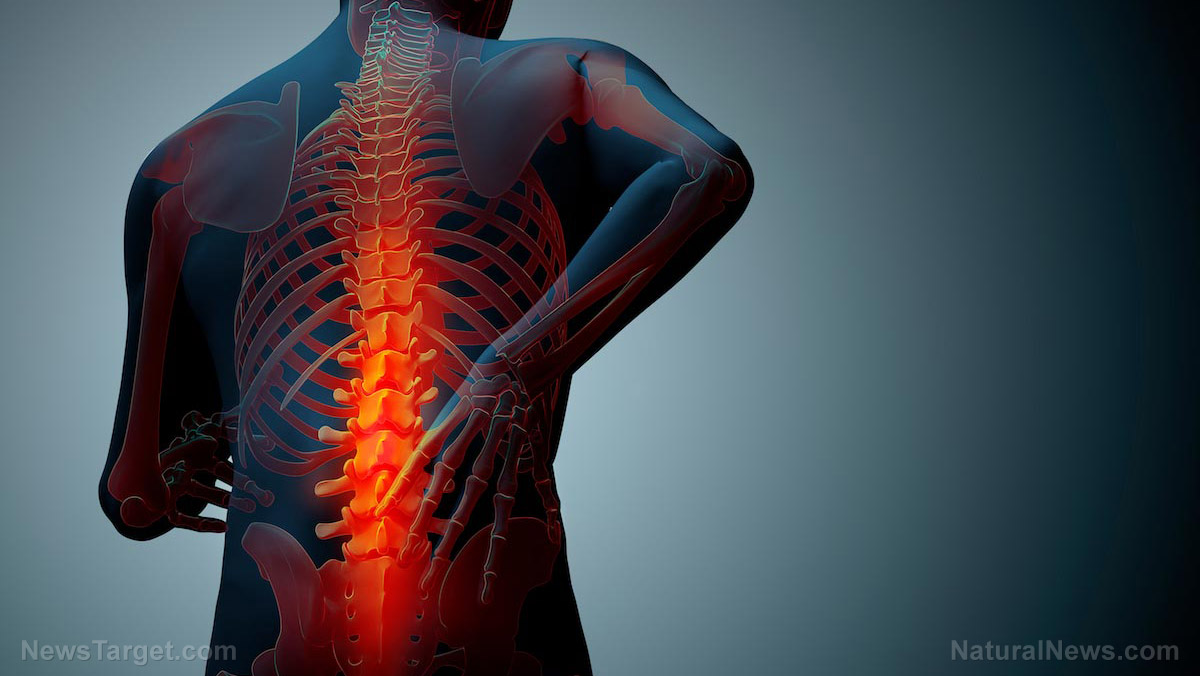One more drawback of opioids: Use them too early and the pain gets worse
06/01/2018 / By Frances Bloomfield

As stories on the dangers of opioid use continue to come out, researchers have uncovered a potential link between these drugs and increased pain. The findings, presented at the Association of Academic Physiatrists Annual Meeting, showed that acute traumatic spinal cord injury patients who’d been prescribed opioids were more likely to feel pain a year after their injuries.
Jennifer Bush, presenting author and medical student at the McGovern Medical School of the University of Texas Health Science Center, stated that opioids are a common form of pain management for these kinds of patients. “However, studies of animals with spinal cord injury show that using opioids soon after injury can have a negative effect on later quality of life, including pain and motor function,” added Bush.
Whether or not the same applied to humans was unknown. To answer that inquiry, Bush and her colleagues reviewed the data of around 180 patients that had been admitted to the hospital from 2008 to 2011. All of the patients were brought in because of traumatic spinal cord injuries. From the 180 patients, the researchers cut them down to 85 according to their initial motor exams and opioid prescriptions. These patients were then trimmed down further to 27.
The 27 patients were designated as the “responders” since they were the only ones who completed telephone surveys to measure their pain. Those who underwent the initial motor exams but failed to follow up were designated as “non-responders.”
Between the responders and non-responders, there were very few differences in their post-injury recovery phases. The sole difference was that responders had been administered more opioids within a day of their injuries. The researchers then found out that every mg of opioid medication could hike up the pain scores of patients by a particular amount during the first year. Even doing so a week after traumatic spinal cord injury was enough to increase that risk of pain.
Although there appears to be a link between the pain and opioids, the researchers can’t say for certain if that link is causative in nature. Determining that answer would require further studies, which Bush and her colleagues intend to carry out in the future. Should that answer point towards opioids causing the pain, then treating traumatic spinal cord injury would require a thorough overhaul. (Related: Opioid prescription drug deaths dwarf shooting deaths, yet there’s no call to ban Big Pharma.)
“If we were – through larger, multi-systems studies – to find opioids are causing slower motor recovery and more pain down the road for patients with spinal cord injury, it could be a complete game-changer in how we treat these patients,” said principal study investigator Dr. Argyrios Stampas. Instead of opioids, Stampas stated that more patients might opt for neurologic treatments instead.
Opioids better for pain? Not quite
These drugs are known for their impact on pain. But their efficacy may not be all it’s cracked up to be. A study by researchers from the University of Minnesota has suggested that opioids may be no better than ibuprofen.
Researchers at the Minneapolis Veterans Affairs Health Care System assigned 240 patients to receive either opioids or non-opioids for their chronic pain randomly. Just over a year later, both groups showed different degrees of improvement with regards to their pain. About 54 percent of the patients from the non-opioid group reported significant improvements in pain intensity. In comparison, only 41 percent of the opioid group experienced the same relief.
Lead author Erin Krebs has called the results “surprising” and added: “Opioids have this reputation as powerful painkillers and I don’t think it is well deserved, at least for chronic pain.”
Roger Chou, an internist at Oregon Health & Science University who had no involvement in the study, said: “It calls into question our beliefs about the benefits of opioids.”
Stay up to date on any news about opioids by going to Opioids.news.
Sources include:
Tagged Under: Health and Wellness, Medicine, opioid usage, opioid use, Opioids, pain management, pain relief



















